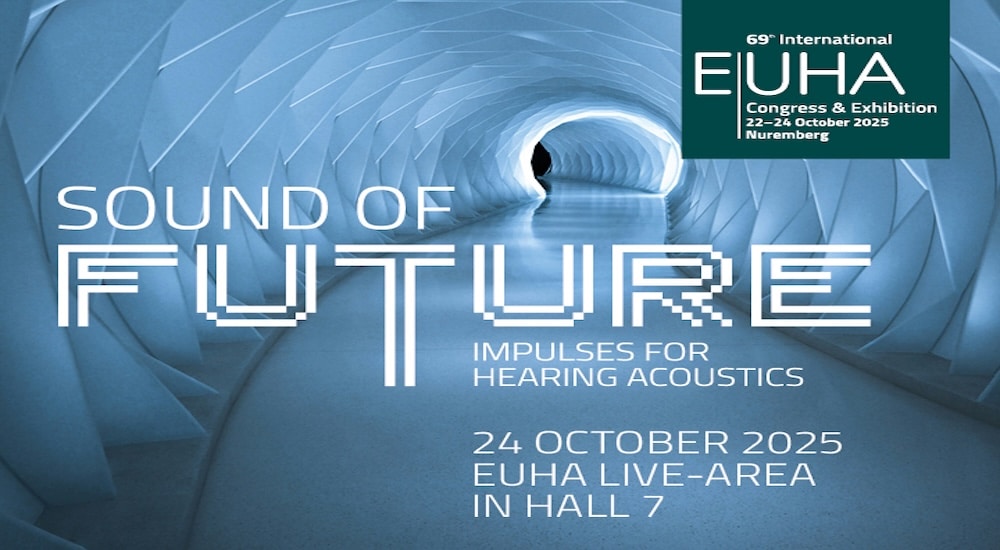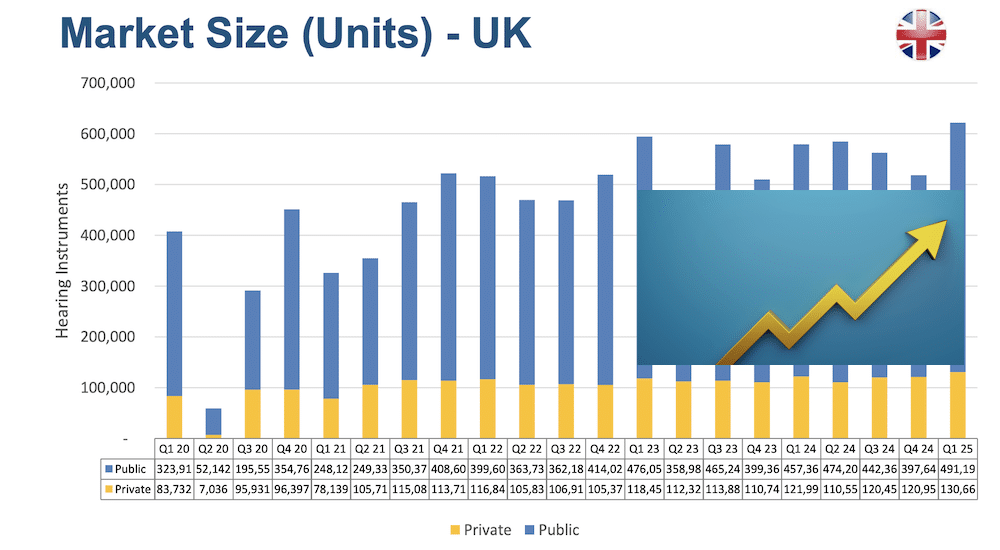"A premium clinic is more important than a premium hearing aid"
Euha2017
Susan Clutterbuck b.sc. (Hons), Outstanding Service Award from Audiology Australia in 2016, presents here a special preview of her lecture “Real world outcomes for basic and premium hearing aid technology: is there a difference?” at the EUHA congress, Friday 20 at 12:00.

The current study was designed in response to the recommendations made by researchers from the hearing aid research laboratory (HARL), whose survey found evidence suggesting that “the patient cannot detect that premium features yield improvements over basic features in daily life”. Clutterbuck shares here the insights that make her conclude that a premium clinic is more important than a premium hearing aid.
The key aim of the hearing care professional should be to help patients overcome the communication barriers caused by their loss of hearing.For permanent hearing loss, this usually involves the fitting of amplification to improve hearing acuity. These days there are a wide variety of hearing aid options to choose from. These options include a range of sound processing features, style of device and cost. One of the challenges for the professional is recommending the technology level that will best meet the individual needs of the patient.
In a perfect world, it would be wonderful if every patient could be offered premium devices with all the latest sound-processing features, to ensure optimum benefit from amplification is achieved. But this is not a perfect world. Premium devices come at a premium cost. Most patients and funding organizations make cost-benefit decisions in determining the choice of technology level.
Hearing aid manufacturers typically market a range of technology levels in their products, with premium devices having features not found in basic level devices. Manufacturers produce guides outlining where their different technology levels would best match the communication needs of the patient. These outlines suggest that higher technology is better able to meet the needs of patients with more complex communication needs. “Match your listening demands to the right solution.” (Unitron Stride) Such guides are frequently used by professionals and patients in the selection of the most appropriate technology for the individual.
The HARL study
One attempt to find evidence that premium technology yields significantly better performance compared to basic technology was made by the Hearing Aid Research Laboratory (HARL) at the University of Memphis, Tennessee.1,2 A single-blinded study of 45 people found no significant difference between basic and premium hearing aids on a range of laboratory and self-report measures that could be assumed to differentiate between the two technology levels.
They concluded “It could reasonably be asserted that the patient’s perspective is the gold standard for hearing aid effectiveness. While the acoustical processing provided by premium features can potentially improve scores on tests conducted in contrived conditions in a laboratory, or on specific items in a questionnaire, this does not ensure that the processing will be of noteworthy benefit when the hearing aid is used in the real world challenges faced by the patient. If evidence suggests the patient cannot detect that premium features yield improvements over basic features in daily life, what is the responsibility of the provider in recommending hearing aid technology level?”
The HARL researchers made two recommendations:
1. That further studies be done with a larger sample size.
2. That self-report measures were preferable to laboratory tests.
Is there evidence that premium technology yields significantly better performance compared to basic technology?
Given the high cost of premium instruments, this is an important consideration. Ethical questions arise if recommendations are made without a solid evidence-based rationale.
Study aims
This study was designed to test two hypotheses:
Hypothesis 1. Satisfaction with hearing improvement in a variety of listening situations would be significantly better for premium-level hearing aids compared to basic-level hearing aids.
Hypothesis 2. Satisfaction with hearing aid features would be significantly better with premium-level hearing aids compared to basic-level hearing aids.
Read here the whole article (free-access to flipbook)
Susan Clutterbuck, B.Sc. (Hons.) has practiced as a clinical audiologist since 1970, and has worked in government, hospital, specialist medical and private audiology services. Her interest in measuring treatment effectiveness led to her development of the EARtrak process for surveying client outcomes after hearing aid fitting. This process has been used by a number of hearing clinics in Australia, New Zealand, Germany, and the USA. She has presented at national conferences in these countries, as well as in professional workshops and industry publications. Susan Clutterbuck is a Fellow of the Australian College of Audiology, is a Life Member of Independent Audiology Australia, and was presented with the Outstanding Service Award from Audiology Australia in 2016.


